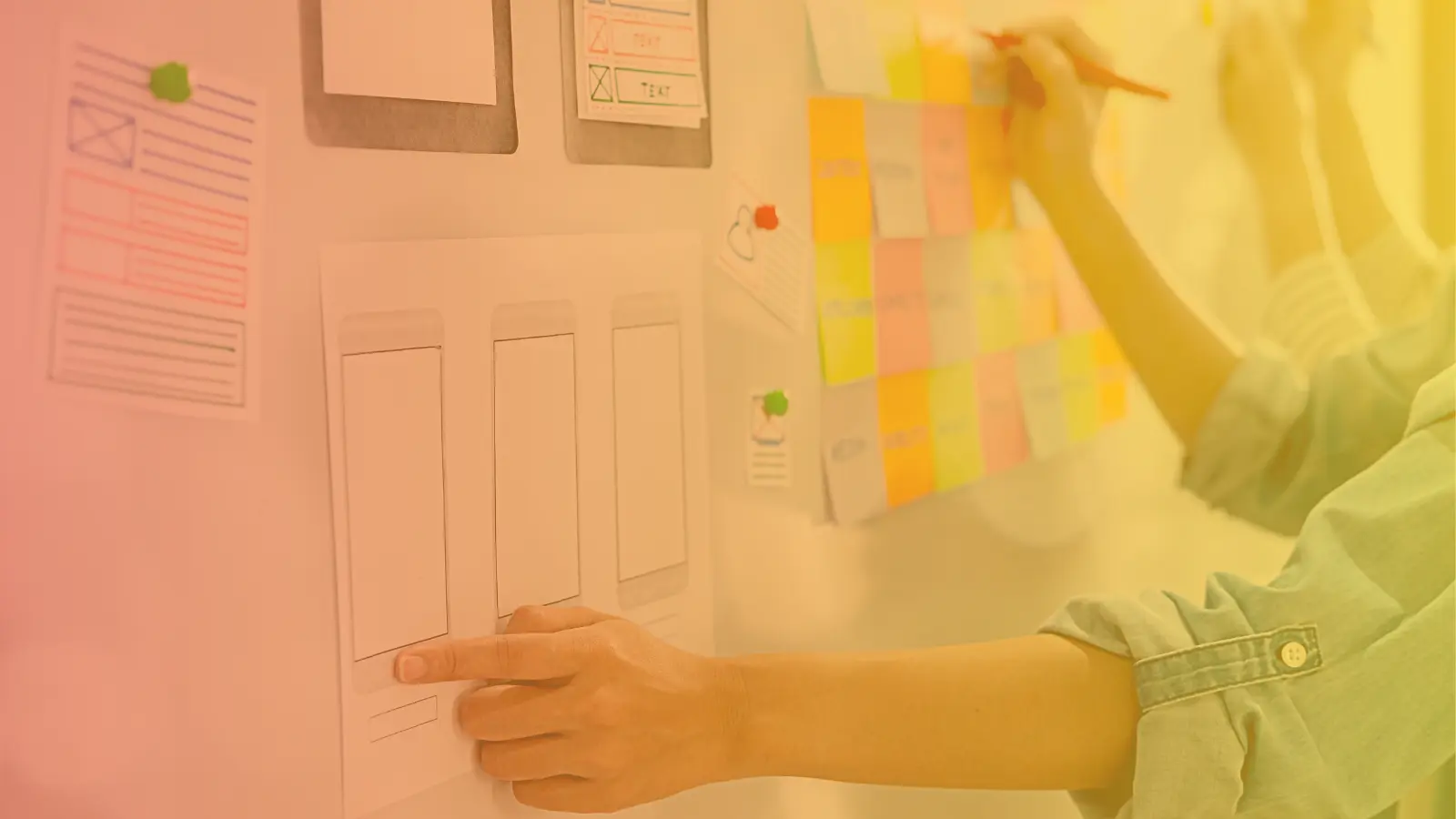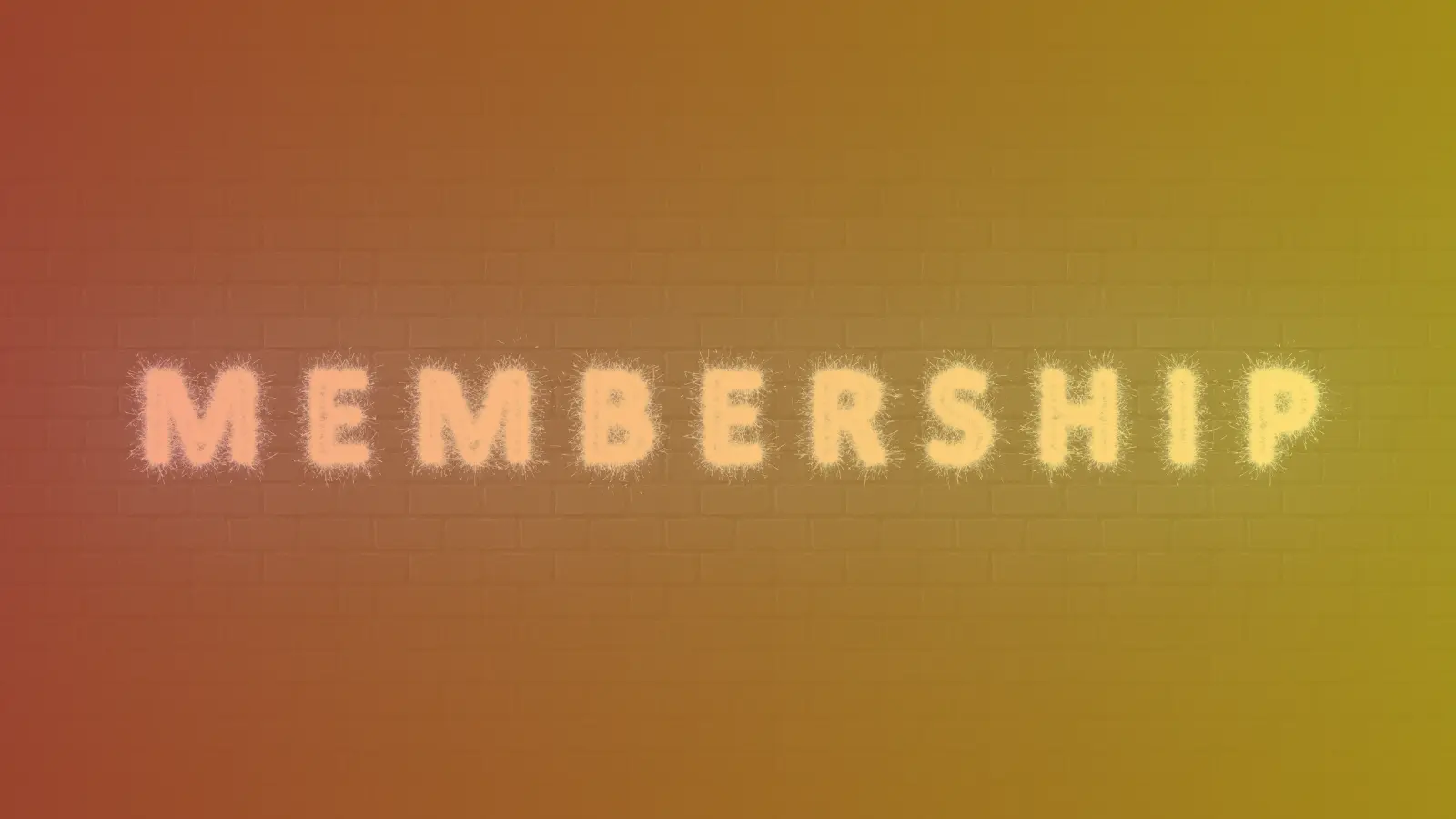Innovations are born from the mindset of creativity. Creativity refers to the ability to develop original and valuable ideas, while innovation is turning those ideas into something tangible that creates value. However, businesses often view these as distinct concepts housed in separate parts of the organization, unable to exist in the same person or team. This separation risks continuing business as usual.
Creativity is the starting point for innovation because it drives us to seek out new and unusual experiences, a divergent activity. The opposing converging force, innovation, requires transforming creative ideas into action and creating value. As Linus Pauling said, “the best way to have a good idea is to have many ideas,” and innovation is not different. It often involves combining different ideas and technologies in new ways to create something useful and valuable. It requires creativity, strategic thinking, problem-solving skills, and identifying and addressing potential challenges.
But what should you do if you perceive that your company lacks creativity? Have you decided to invest your capital in traditional R&D to find new innovations, but worry about the number of new ideas in your innovation pipeline?
“Disciplined Inquiry Leads to Unbounded Creativity”
In a recent engagement with a large, engineering-led technology firm seeking to grow its innovation pipeline, we started with this motto to encourage divergent thinking. The process of challenging their orthodoxies and receiving new information helped transform a business culture from “yes, but” skepticism to “yes, and” optimism.
How did we do that?
Most employees were well-equipped with observations from their interactions with customers. However, few of these observations reached the level of insight, which we call “the why behind the what.” Pushing employees to think beyond “viability,” will the innovation makes money, and “feasibility,” is it technologically possible, we targeted “desirability,” the human-centered insight.
With these insights in mind, we led the client teams through a structured ideation process. As the process experts, we helped the client differentiate by comparing their linear extrapolations of the status quo to drawing inspiration from emerging business, the latest research in academic journals, and end-user workarounds.
For this shift in thinking to be sustainable, we trained the team to equally value the mindset and process as well as the final ideas. We showed them how to conduct regular ideation sessions grounded in the discipline of “diverge before converging,” because going to the brainstorming stage without the necessary research does not give us healthy results.
Beyond the value of desirability, feasibility, and viability, the company is realizing a culture that constantly researches, produces, and generates effective solutions based upon user-centered needs. Innovation is a necessity in today’s business world. Companies that do not innovate fall behind the competition. How many user-centered ideas are generated in your company? Is this culture embedded in your company to offer repeating results?



